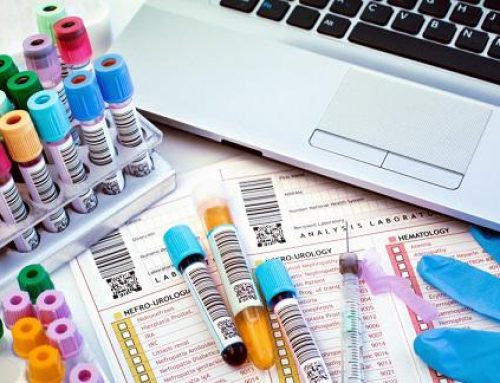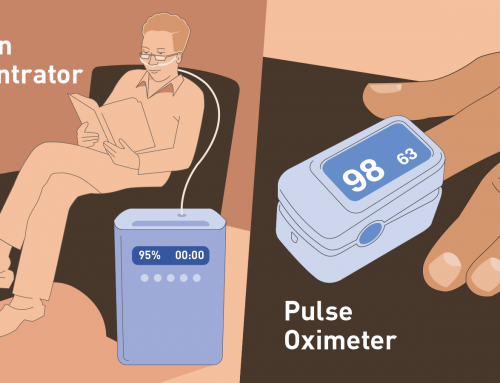What are lung function tests?
Lung function tests, also known as pulmonary function tests, or PFTs, are a group of tests that check to see if your lungs are working right. The tests look for:
- How much air your lungs can hold
- How well you move air in and out of your lungs
- How well the lungs move oxygen into your bloodstream. Your blood cells need oxygen to grow and stay healthy.
There are several types of lung tests. They include:
- Spirometry. the most common type of lung function test. It measures how much and how quickly you can move air in and out of your lungs.
- Lung volume test. also known as body plethysmography. This test measures the amount of air you can hold in your lungs and the amount of air that remains after you exhale (breathe out) as much as you can.
- Gas diffusion test. This test measures how oxygen and other gases move from the lungs to the bloodstream.
- Exercise stress test. This test looks at how exercise affects lung function.
These tests may be used together or by themselves, depending on your specific symptoms or condition.
Other names: pulmonary function tests, PFTs
What are they used for?
Lung function tests are often used to:
- Find the cause of breathing problems
- Diagnose and monitor chronic lung diseases, including asthma, chronic obstructive pulmonary disease (COPD), and emphysema
- See if lung disease treatments are working
- Check lung function before surgery
- Check whether exposure to chemicals or other substances in the home or workplace have caused lung damage
Why do I need a lung function test?
You may need this test if you:
- Have symptoms of a breathing problem such as shortness of breath, wheezing, and/or coughing
- Have a chronic lung disease
- Have been exposed to asbestos or other substances known to cause lung damage
- Have scleroderma, a disease that damages connective tissue
- Have sarcoidosis, a disease that causes damage to cells around the lungs, liver, and other organs
- Have a respiratory infection
- Had an abnormal chest x-ray
- Are scheduled for an operation such as abdominal or lung surgery
What happens during lung function testing?
Below are the steps for the most common types of lung function tests.
For a spirometry test:
- You’ll sit in a chair and a soft clip will be put on your nose. This is done so you’ll breathe through your mouth, rather than your nose.
- You’ll be given a mouthpiece that is attached to a machine called a spirometer.
- You’ll place your lips tightly around the mouthpiece, and breathe in and out as instructed by your provider.
- The spirometer will measure the amount and rate of air flow over a period of time.
For a lung volume (body plethysmography) test:
- You’ll sit in a clear, airtight room that looks like a telephone booth.
- As with a spirometry test, you’ll wear a nose clip and place your lips around a mouthpiece connected to a machine.
- You’ll breathe in and breathe out as instructed by your provider.
- The pressure changes inside the room help measure lung volume.
For a gas diffusion test:
- You’ll wear a mouthpiece connected to a machine.
- You will be asked to inhale (breathe in) a very small, nondangerous amount of carbon monoxide or other type of gas.
- Measurements will either be taken as you breathe in or as you breathe out.
- The test can show how effective your lungs are in moving gases to your bloodstream.
For an exercise test, you will:
- Ride a stationary bike or walk on a treadmill.
- You’ll be attached to monitors and machines that will measure blood oxygen, blood pressure, and heartbeat.
- This helps show how well your lungs perform during exercise.
Will I need to do anything to prepare for the tests?
To prepare for a lung function test, you’ll need to take some steps to ensure your breathing is normal and unrestricted. These include:
- Don’t eat a heavy meal before the test.
- Avoid food or drinks with caffeine.
- Don’t smoke or do heavy exercise for six hours before the test.
- Wear loose, comfortable clothing.
- If you wear dentures, you’ll need to wear them during the test. They can help you form a tight seal around the mouthpiece.
Are there any risks to the tests?
There is very little risk to having a lung function test. Some people may feel lightheaded or dizzy during the procedure. Also, some people may feel claustrophobic during a lung volume test. If you have questions or concerns about the tests, talk to your health care provider.
What do the results mean?
If any of your lung function test results were not normal, it may mean you have a lung disease. There are two main types of lung diseases that can be diagnosed with a lung function test:
- Obstructive diseases. These diseases cause airways to become narrow, making it hard for air to flow out of the lungs. Obstructive lung diseases include asthma, bronchitis, and emphysema.
- Restrictive diseases. n these diseases, the lungs or chest muscles aren’t able to expand enough. This reduces air flow and the ability to send oxygen into the bloodstream. Restrictive lung disorders include scleroderma, sarcoidosis, and pulmonary fibrosis.
If you have questions about your results, talk to your health care provider.
Is there anything else I need to know about lung function tests?
Your health care provider may order another test, called arterial blood gases (ABGs), in addition to your lung function tests. ABGs measure the amount of oxygen and carbon dioxide in the blood.





Leave a Reply